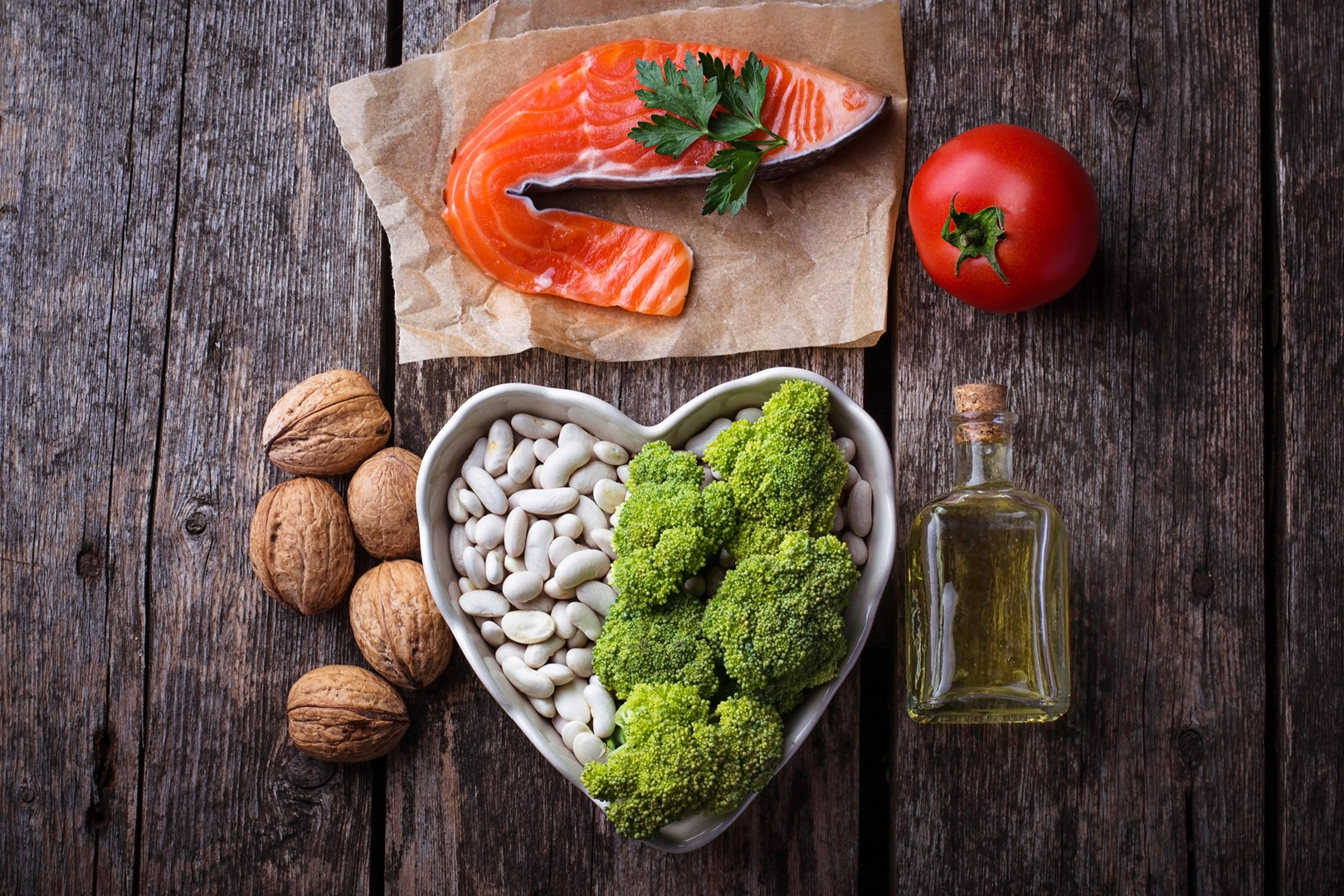
Diet and chronic kidney disease
You may need to make some small changes to your eating to manage your Chronic Kidney Disease. Consult a dietician to decide on a diet that includes foods that you like to eat but also keeps your kidneys healthy.
The following steps will help you learn to eat properly as you manage your kidney disease.
The first three steps (1-3) are important for everyone who has kidney disease.
The last two steps (4-5) can become important as kidney function decreases.
The first steps to eating properly
Step 1: Select and prepare foods with less salt
Why? To help control your blood pressure.
Buy fresh food frequently Sodium (which is present in salt) is added to many packaged foods you can buy at the supermarket.
Cook food from scratch instead of eating packaged foods. “Fast foods”, frozen foods and canned foods are higher in sodium.
Use spices, herbs and seasoning instead of salt.
If you are cooking vegetables, beans, peas, meat or fish, boil them and then throw out the first water you boiled them in before cooking.
Step 2: Eat the right amounts and types of protein
Why? To help protect your kidneys. When your body uses proteins, it produces waste. Your kidneys remove this waste. Consuming more protein than you need can make your kidneys work more intensely.
Eat small portions of foods which are high in protein.
Proteins are found both in food which comes from plants and from animals. Most people eat both kinds of protein.
Animal proteins: Chicken, fish, meat, eggs, dairy produce.
A portion of cooked chicken, fish or meat should be about the size of a playing card. Your daily portion of dairy products should be ½ cup of milk or yogurt or a slice of cheese.
Vegetable proteins: Beans, peas, okra, nuts
A portion of cooked beans is about ½ cup, and one portion of nuts is ¼ cup. A portion of cooked rice or pasta is about ½ cup.
Step 3: Choose foods that are healthy for your heart
Why? To prevent fat forming in the arteries, the heart or the kidneys.
Grill, oven-cook, boil or sauté foods instead of frying them.
Cook foods using a little olive oil instead of butter.
Cut fat from meat and remove the skin from the poultry before eating.
Foods that protect your heart: Lean meat, such as fillet or round cuts, poultry without skin, fish, vegetables, fruit, low fat or non-fat milk, yoghurt and cheese.
Limit your alcohol intake
Drink alcohol in moderation: men should have no more than two alcoholic drinks a day, and women should not have more than one alcoholic drink a day. Excessive alcohol consumption can damage the liver, heart and brain and cause serious health problems.
The next steps to eating properly
As kidney function decreases, you may need to eat foods with less phosphorus and potassium. Your doctor will use laboratory tests to check the phosphorus and potassium levels in your blood.
Step 4: Choose foods and drinks with less phosphorus
Why? To protect your bones and arteries. If you have too much phosphorus in your blood, this draws the calcium out of your bones, making them thin, weak and more likely to break. High levels of phosphorus in your blood can also make your skin itchy and cause pain in your bones and joints.
Your doctor will talk to you about taking medication along with your meals to reduce the amount of phosphorus in your blood. You can take a medicine that acts as a “sponge” and absorbs or binds phosphorus when it is in your stomach. This means that, as it is bound, the phosphorus does not enter your bloodstream. Instead, your body removes the phosphorus via your stools.
Step 5: Select foods with the right amount of potassium
Why? To help your nerves, heart muscles and your entire body to work properly. If potassium levels in the blood are too high or too low, this can create problems. Damaged kidneys allow potassium to accumulate in your blood, and this can cause serious heart problems. What you eat and drink can help you lower your potassium level if necessary.
Salt substitutes can have a very high potassium content. Always read the ingredients label. Contact your doctor about using salt substitutes.
Drain canned fruit and vegetables before eating.
Foods which are low in potassium:
Apples, pears
Carrots, green beans
White bread and pasta
Cooked rice and wheat, cereal
Foods which are high in potassium:
Oranges, bananas and orange juice
Potatoes, tomatoes
Coffee and brown pilaf rice
Bran based cereals
Dairy products
Wholewheat bread
Beans and walnuts
Foods which are low in phosphorus:
Fresh fruit and vegetables
Bread, pasta, rice
Cereals and sweetcorn
Drinking soda, tea
Foods which are high in phosphorus:
Coffee, poultry, fish
Grains and oatmeal
Dairy products
Beans, lentils and nuts
Some fizzy drinks with added phosphorus
Monday, January 8, 2018

Fill in your details and we will get in touch with you.
